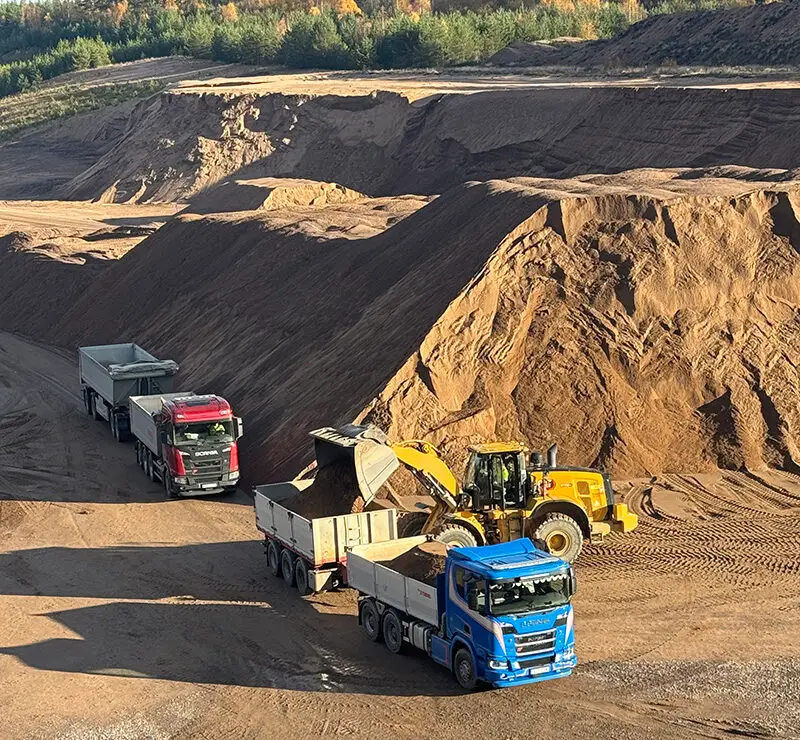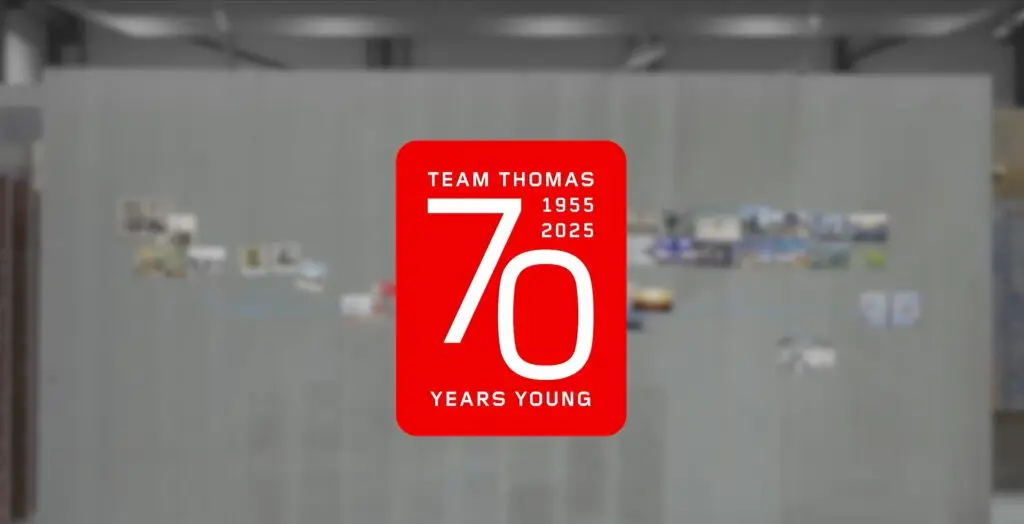In Fimmersta outside Töreboda, in the heart of Västergötland, lies a gravel pit that has carried both history and hope for the future for nearly a hundred years. Generations have extracted natural gravel here, and today the site is an important piece of the puzzle in the construction industry’s transition to more sustainable material choices.
“I have a photo of my grandfather crushing stone here in the esker back in 1929. That says something about the history of this place and the pride in continuing the tradition,” says Anders Ryfjord, who runs the operation on site.
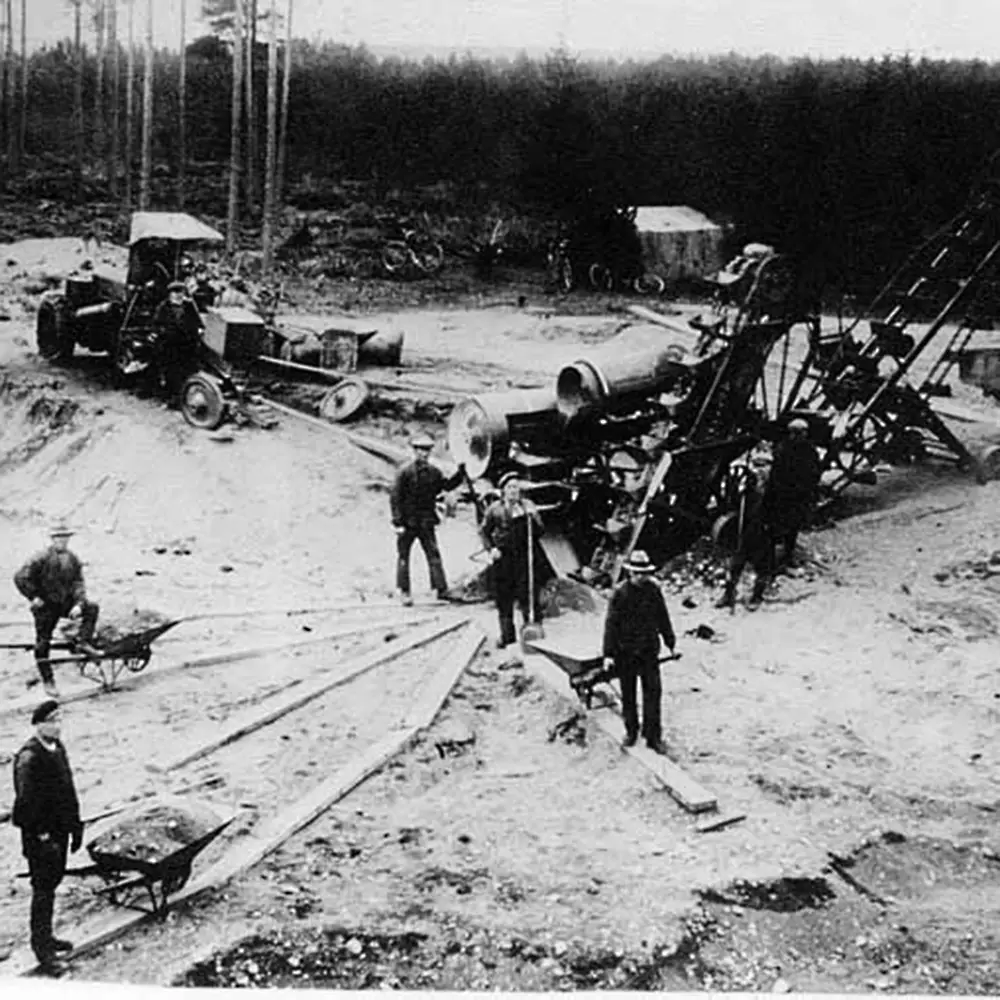
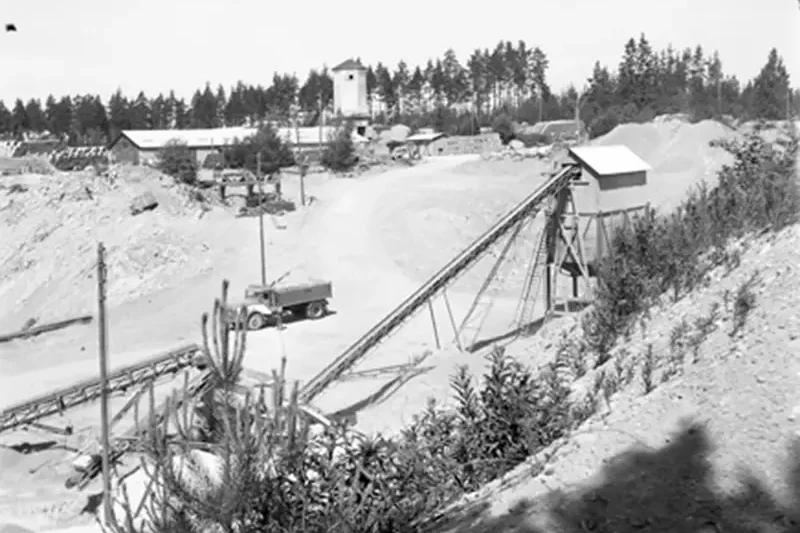
Many possibilities with gravel
Since January 2025, the pit has been part of Thomas Betong, and the material produced here is delivered to several of the company’s concrete plants in Skaraborg. Sand for playgrounds, drainage gravel, and materials for agriculture are also produced here.
“We can produce many different fractions of natural material. Everything from sandbox sand to drainage gravel,” says Stefan Westin, aggregate manager at Thomas Betong.
Sustainability is in the gravel
What makes Fimmersta unique is not only the quality of the material but also how it is extracted. Unlike rock material, natural gravel requires neither blasting nor energy-intensive crushing in several stages. This means fewer machines, less water consumption, and lower climate impact.
“There are fewer steps to get a finished product. Natural gravel also gives the concrete better consistency, making it easier to pump and shape,” explains Stefan.
Natural gravel from Fimmersta also makes it possible to reduce the amount of cement in concrete. Cement accounts for more than 90 percent of the climate impact of concrete. The result is concrete with a lower carbon footprint.
“We deliver to several of our own concrete plants, but also to other players in the industry. It feels good to know that our material contributes to more sustainable construction projects,” says Anders.
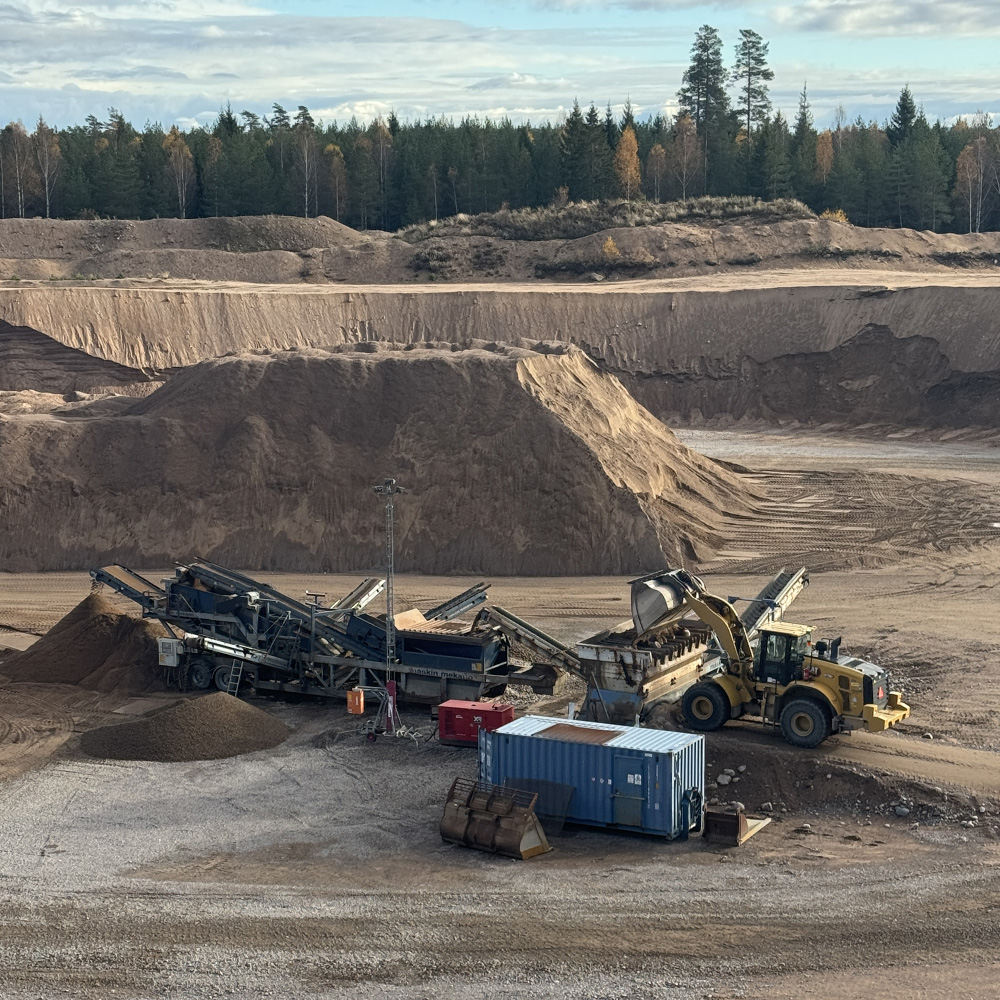
Efficient everyday operations and future-proof production
A typical day at the pit starts early. By 6:30 a.m., trucks are ready to load, sort, and deliver. The machinery includes wheel loaders and sorting plants, and the operation is both efficient and flexible.
“We make sure everything runs smoothly. It’s a team effort,” says Anders.
And the future? It looks bright. There is plenty of material left to continue supplying Skaraborg with excellent natural gravel.
